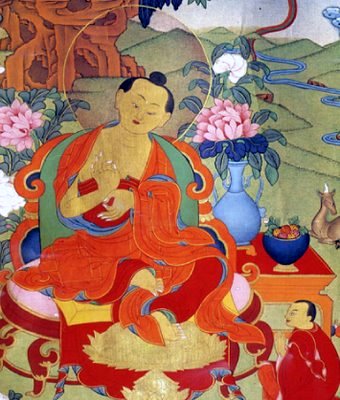 THE Sanskrit word “Dharana” is defined as “the intense and perfect concentration of the mind upon some one interior object.”
THE Sanskrit word “Dharana” is defined as “the intense and perfect concentration of the mind upon some one interior object.”
This intense focus is “accompanied by complete abstraction from everything pertaining to the external Universe, or the world of the senses.”
Further, The Voice of the Silence instructs its aspiring students: “from the stronghold of your Soul, chase all your foes away—ambition, anger, hatred, e’en to the shadow of desire—when even you have failed.”
The devotional books Light on the Path, (“Kill out ambition…”), and The Voice of the Silence, (“let the Disciple slay the Slayer”), are metaphors for self-control as we pursue a spiritual path.
Similarly, the setting of the Bhagavad-Gita is on the plain of a great battlefield called “Kurukshetra.” This plain is considered sacred, and is symbolic, W. Q. Judge says in his essay, “of the body which is acquired by karma.”
This metaphorical “killing” or “slaying,” is not contrary to the Buddhist and Hindu doctrine of “Ahimsa” (harmlessness). It refers rather to inner control over our physical senses, ambition, intellect, etc.—and to resolving our personal karmic challenges, including non-violence and non-separateness.
Dharana, or focused meditation, is all about slowing the ‘mental noise,’ or what is called the ‘monkey mind,’ and regaining our lost rulership.
ς
Our spiritual soul is the silent center, according to this old teaching, and for this True Self to always be in charge, it must be the ever-present decision maker in our lives.

Thus the Voice of the Silence teaches a paradoxical doctrine in which the intellectual, striving and desire-ridden mind, becomes its own savior through its higher counterpart, the light of intuition—the soul-mind—accompanied by occult sound vibrations:
“The Mind is the great Slayer of the Real.
Let the Disciple slay the Slayer.”
for…
“…when to himself his form appears unreal, as do on waking all the forms he sees in dreams–when he has ceased to hear the many, he may discern the ONE the inner sound which kills the outer.”


 A
A






